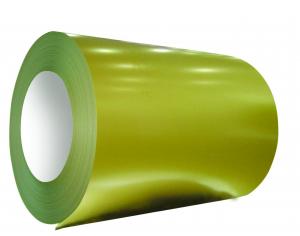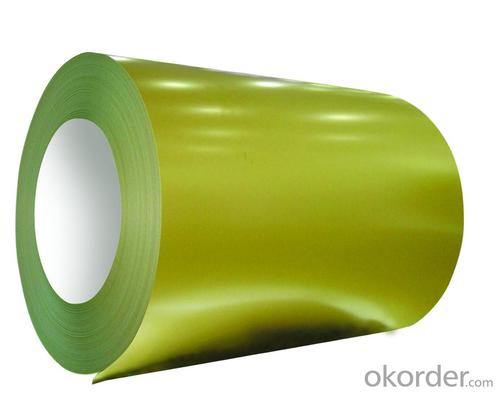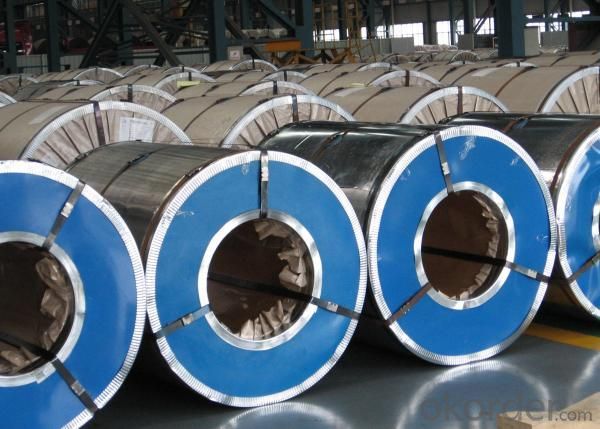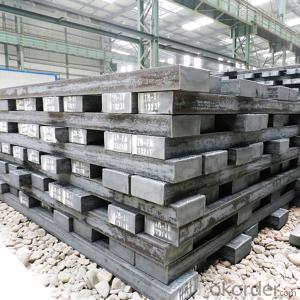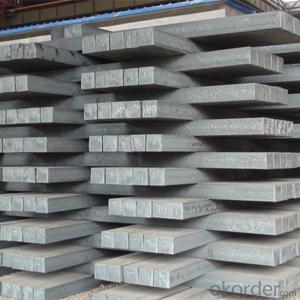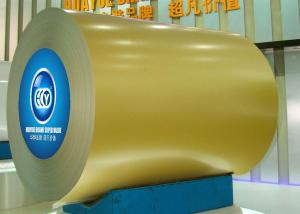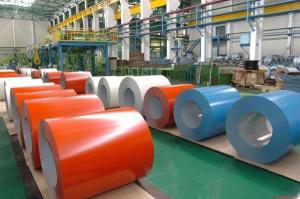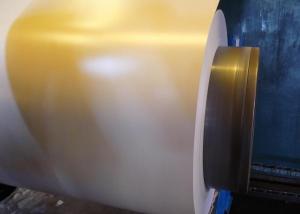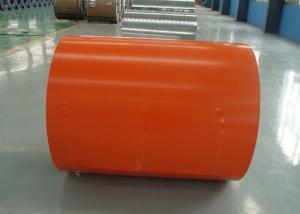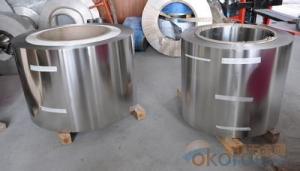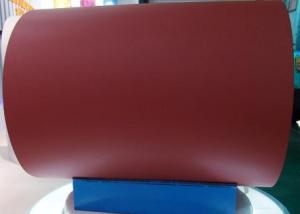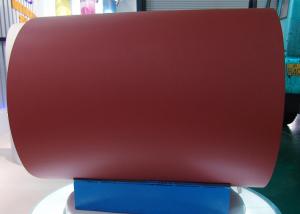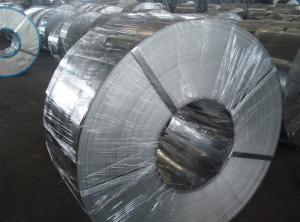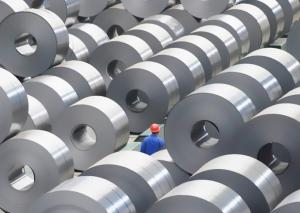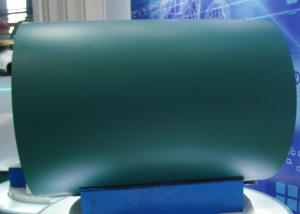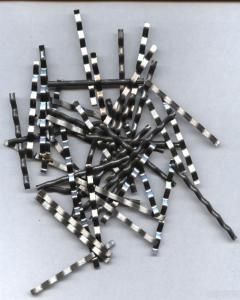High Quality Prepainted Galvanized Steel-Yellow
- Loading Port:
- China Main Port
- Payment Terms:
- TT or L/C
- Min Order Qty:
- 25M/T m.t.
- Supply Capability:
- 20000 Metric Tons Per Month m.t./month
OKorder Service Pledge
OKorder Financial Service
You Might Also Like
General Information Of Prepainted Galvanized Steel
With GI as base metal, after pretreatment (degrease and chemical treatment) and liquid dope with several layers of color, then after firing and cooling, finally the plate steel is called pre-painted galvanized steel. Pre-painted galvanized steel is good capable of decoration, molding, corrosion resistance. It generally displays superior workability, durability and weather resistance.
|
Thickness 0.23-1.2mm (BMT) |
|
Zinc Coating 80-275g/m2 |
|
Color According to RAL color fan |
|
Internal Diameter 508mm or 610mm |
|
Coil Weight 4-8MT |
|
Quality Commercial and structural quality |
|
Paint Polyester paint for topside, epoxy for reverse |
|
Standard JIS G 3312, ASTM A755M, EN 10169 |
|
Base Steel Grade SGCC,SGCD,DX51D+Z,DX52D+Z;S200GD,S220GD, S280GD,S350GD,CS,FS,SS |
Chemical Composition Of Prepainted Galvanized Steel
|
C |
Si |
Mn |
P |
|
0.04-0.06% |
0.01-0.03% |
0.18-0.22% |
0.014-0.016% |
Technical Data Of Prepainted Galvanized Steel
|
Yield Strength |
(Mpa) 280-320 |
|
Tensile Strength |
(Mpa) 340-390 |
|
Elongation |
20%-30% |
|
Reverse Impact |
9J |
|
T-bending |
≥2T |
|
Pencil Hardness |
≥2H |
|
Duration Of Salt Spray Test |
500 H |
|
Bending At 180 Degree |
No crack, purling and fraction |
Application Of Prepainted Galvanized Steel
Outdoor:
roof, roof structure, surface sheet of balcony, frame of window, door, door of garage, roller shutter door, booth, Persian blinds, cabana, etc.
In door:
door, isolater, frame of door, light steel structure of house, home electronic appliances, etc.
Packaging & Delivery Of Prepainted Galvanized Steel
Anti-damp paper inside full wrapped with plastic film, iron sheet outside on wooden pallet in 20 feet container with 25mt.
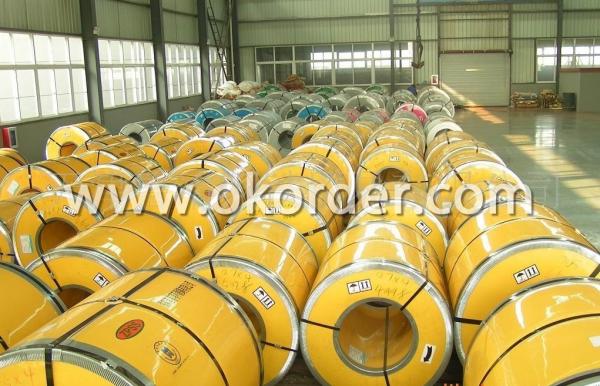
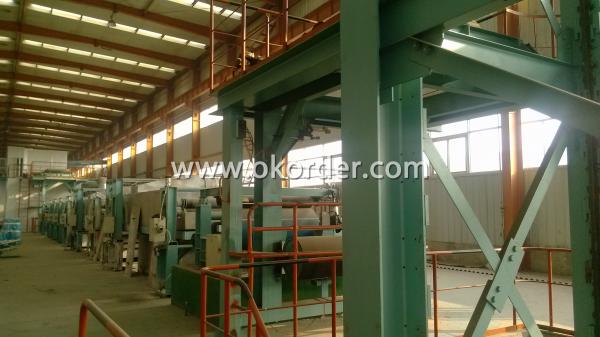
- Q: What are the different types of steel profiles used in architectural designs?
- There are several types of steel profiles commonly used in architectural designs, including I-beams, C-channels, angle iron, T-sections, and hollow structural sections (HSS). These profiles are utilized for their structural strength, versatility, and ability to support heavy loads in various architectural applications.
- Q: What are the safety precautions to be taken while handling steel products?
- When handling steel products, it is important to take several safety precautions. Firstly, workers should wear appropriate personal protective equipment (PPE) such as gloves, safety goggles, and steel-toed boots to protect themselves from cuts, burns, and other potential injuries. It is also essential to use proper lifting techniques and equipment to avoid strains and other musculoskeletal injuries. Additionally, workers should be trained to handle steel products safely, including being aware of sharp edges, hot surfaces, and heavy weights. Regular inspections of equipment and work areas should be conducted to identify and address any potential hazards. Lastly, following proper storage and handling procedures, including securing steel products to prevent falling or shifting, can help prevent accidents and injuries.
- Q: How is steel used in the construction of railway stations?
- Steel is used in the construction of railway stations for various purposes, including the structural framework, platforms, staircases, and roofing. It provides strength, durability, and flexibility, allowing for the construction of large, open spaces and facilitating the movement of people and trains within the station. Additionally, steel is used for the fabrication of tracks, signaling systems, and other infrastructure components, ensuring the safe and efficient operation of the railway station.
- Q: How do steel products contribute to the construction of theme-based historical reenactment centers?
- Steel products contribute to the construction of theme-based historical reenactment centers in various ways. Firstly, steel is a strong and durable material that can be used for creating sturdy structures such as buildings, stages, and seating areas. This ensures the safety and longevity of the center's infrastructure. Additionally, steel products like beams, columns, and reinforcements are essential in providing structural support and stability to the various structures within the center, allowing for the construction of large and intricate designs. Moreover, steel can be molded and shaped into different forms, enabling the creation of decorative elements, props, and replicas of historical artifacts, enhancing the overall authenticity of the reenactment center. Overall, steel products play a vital role in constructing theme-based historical reenactment centers by providing strength, stability, and authenticity to the structures and props used in recreating historical events.
- Q: How is steel used in the construction of wastewater treatment plants?
- Steel is commonly used in the construction of wastewater treatment plants for various purposes such as structural support, tanks, pipelines, and equipment. It provides durability, strength, and corrosion resistance, ensuring the longevity and reliability of the facility.
- Q: What are the different types of steel reinforcements used in construction?
- There are several types of steel reinforcements used in construction, including bars, mesh, and fibers. Steel bars, also known as rebar, are commonly used to provide tensile strength to reinforced concrete structures. They come in various shapes and sizes, such as round, square, and deformed bars. Steel mesh, or welded wire fabric, consists of interconnected steel wires forming a grid pattern and is used to reinforce concrete slabs, walls, and foundations. Steel fibers, on the other hand, are small filaments made of steel and are added to concrete to enhance its structural integrity and resistance to cracking. These different types of steel reinforcements play a crucial role in strengthening concrete structures and ensuring their durability.
- Q: How is steel used in the manufacturing of machinery and equipment?
- Steel is commonly used in the manufacturing of machinery and equipment due to its strength, durability, and versatility. It is used to construct the structural framework of machines, as well as components such as gears, shafts, and bearings. Its ability to withstand high temperatures, corrosion, and heavy loads makes it ideal for manufacturing equipment that requires strength and reliability. Additionally, steel can be easily shaped, welded, and machined, allowing for the production of complex machinery and equipment.
- Q: What are the different types of steel grilles and screens available?
- There are several types of steel grilles and screens available, including welded wire mesh grilles, expanded metal grilles, perforated metal screens, and woven wire mesh screens. Each type has its own unique design and functionality, catering to various applications such as security, ventilation, filtration, and decorative purposes.
- Q: How are steel pipes used in the transportation of natural gas?
- Steel pipes are commonly used in the transportation of natural gas due to their strength, durability, and resistance to corrosion. These pipes are used to create a network of pipelines that transport natural gas from production wells to distribution centers and ultimately to homes, businesses, and industries. The steel pipes are designed to withstand high pressure and can transport large volumes of natural gas over long distances efficiently and safely.
- Q: What are the applications of steel in the water treatment industry?
- Steel is widely used in the water treatment industry for various applications. It is commonly utilized for constructing water tanks, pipes, and other infrastructure due to its durability, strength, and resistance to corrosion. Steel tanks can store large volumes of water, while steel pipes ensure efficient transportation of water to treatment plants and distribution networks. Additionally, steel is also used in the construction of water treatment equipment such as sedimentation tanks, clarifiers, and filtration systems. Overall, steel plays a crucial role in the water treatment industry by providing robust and reliable infrastructure necessary for the purification, storage, and distribution of clean water.
1. Manufacturer Overview
| Location | Zhejiang, China |
| Year Established | 1999 |
| Annual Output Value | US$1 Million - US$2.5 Million |
| Main Markets | Europe; Africa; Mid East; Southeast Asia |
| Company Certifications | ISO9001;ISO14001 |
2. Manufacturer Certificates
| a) Certification Name | |
| Range | |
| Reference | |
| Validity Period |
3. Manufacturer Capability
| a) Trade Capacity | |
| Nearest Port | Shanghai Port |
| Export Percentage | 41% - 50% |
| No.of Employees in Trade Department | 50-80 |
| Language Spoken: | Chinese, English |
| b) Factory Information | |
| Factory Size: | Above 100,000 square meters |
| No. of Production Lines | 5 |
| Contract Manufacturing | OEM Service Offered |
| Product Price Range | Average |
Send your message to us
High Quality Prepainted Galvanized Steel-Yellow
- Loading Port:
- China Main Port
- Payment Terms:
- TT or L/C
- Min Order Qty:
- 25M/T m.t.
- Supply Capability:
- 20000 Metric Tons Per Month m.t./month
OKorder Service Pledge
OKorder Financial Service
Similar products
Hot products
Hot Searches
Related keywords
